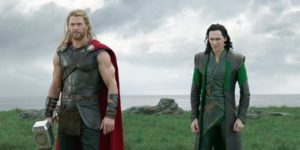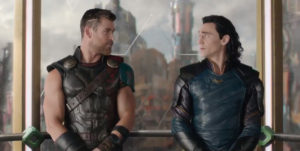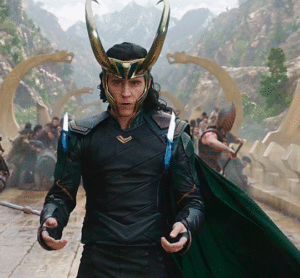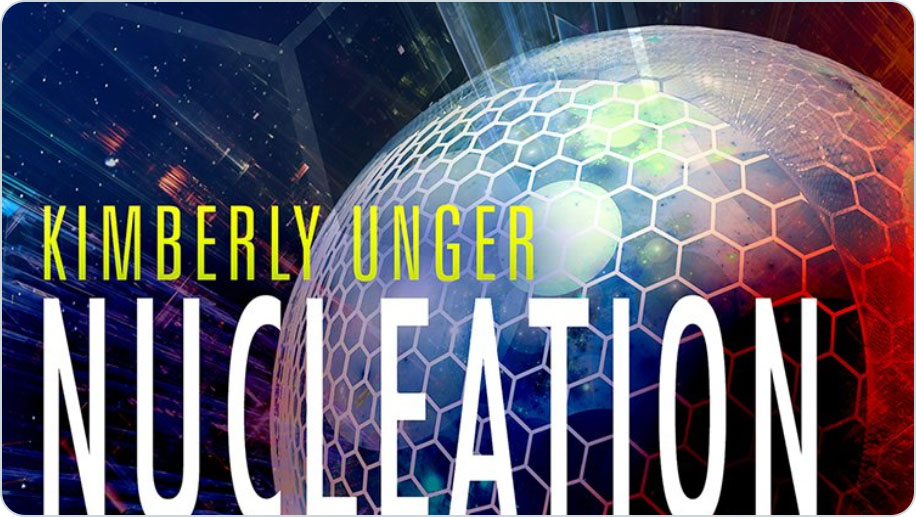So let me talk a little bit about Campbell’s “heroes journey”. Thanks to Mr. Lucas and a number of other well-known storytellers over the past decades, Campbell’s “heroes journey” has become an easy reference for the uninitiated, a touchstone for critics, for commentary.
The idea of Campbell’s “Monomyth”, the idea that there is one single structure that appears over and over throughout all cultures and narratives is hugely compelling, isn’t it? That ALL humans have this in common, that any story written to fit this heroic structure is going to instantly connect with every member of the human race. Like it’s some kind of built-in genetic proclivity.
But look, storytelling is a *profession*. Whether you’re penning narratives for Telltale’s latest IP-driven opus, orating in a Hellenic-era amphitheater, or trying to convince the innkeeper that you can keep his rowdy customers entertained long enough to be worth the price of a beer and a corner by the fire, it is a craft. And like all crafts, elements of it become standardized.
Many high-producing authors, writers who crank out multiple books in the year, or journalists who pen ten to twenty pieces per day, have to develop their own process, their own standardized format that they can hang their story on. I would suggest that this is, the fact that storytelling is a business, is the reason the “Hero’s Journey” format still exists.
It serves as a useful tool, a way to frame a narrative in such a fashion that the author knows that the readers will be able to understand it. Most readers have been exposed to it or something very much like it. They may not recognize it as such (much like nobody ever seems to notice that one episode of Colombo that was essentially Macbeth but with early-80’s hair), but they are unconsciously familiar enough to be able to follow the beats. It reduces the workload on a storyteller, they can focus on character building, they can focus on world building, and they can focus on their luscious purple prose without having to worry that the reader will be able to follow the plot.
BUT, as with all such tools, it can become as much of a hindrance as it is a help. Many stories (even different episodes of the same longer storyline) will do better with a different sub-structure, this kind of repetition is an easy way to get Franchise Fatigue. BUT because the “Hero’s Journey” format is such a convenient shortcut when you’re writing to a deadline (or coming up with a story on the fly to keep the innkeeper from making you sleep in the barn) it has been the default setting for a thousand years or more.
But you know, as creatives, (writers, filmmakers, sequential artists and more) part of our job is pushing the envelope. Stories that once were too experimental (the lunatic structure in Inception comes to mind, as does the “everything’s connected” wrap-ups in Dirk Gently) are cropping up more and more. Audiences that are getting tired of sequel-itis (oh look, it’s the same as the first movie, with a different bad-guy and more kissing) are starting to look for more surprises in their storytelling, and anyone still relying too heavily on old, unmodified story structures is going to find themselves in a niche market.
Â

 Loki in his green Asgardian “super suit”at the start of the film.
Loki in his green Asgardian “super suit”at the start of the film. Thor and Loki, post ass-kicking
Thor and Loki, post ass-kicking



